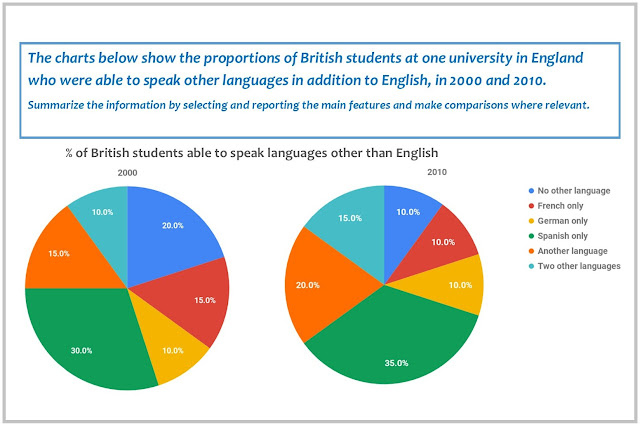IELTS Writing Task 1: the making of sugar
I want to share a great Writing Task 1 answer written by my former student Anna Skopina. The task is a process description from IELTS 16 Test 2 - making sugar from sugar cane.
With process descriptions, students usually have two problems: 1. The answer is either extremely short (= not fully developed) or extremely long (= with many irrelevant or even made-up details); 2. The description is mechanical and the stages are marked with same type of cohesive devices (first, then, in the next stage etc).
Anna's description is well-balanced and contains a range of cohesive devices, especially ones to indicates stages and sequences. Try to notice them as you read it.
✽✽✽
The provided diagram gives information on the production of sugar, which is made from sugar cane. The process is divided into seven stages, including growing and harvesting sugar cane, extracting and purifying its juice, making syrup from the juice and, finally, separating sugar crystals from the syrup.
The process begins with growing sugar cane, which takes from 12 to 18 months. Having been grown, the sugar cane is then harvested, either manually or by using agricultural machines. Once this is done, the harvested sugar canes are inserted into special equipment to be crushed. This is where juice is extracted and separated from the leftover parts of the plant.
Before being used in further stages, the sugar cane juice needs to be purified in a limestone filter. Following that, the pure juice is sent to an evaporator, which is heated from beneath. Under the influence of heat, some water evaporates from the juice, turning it into syrup with sugar crystals. In the next stage, the sugar crystals are separated from the syrup by being rotated in a centrifuge. This is where the final product is made, after which it is placed into large barrels to be dried and cooled. Finally, sugar is ready to be packed and transported further.





Comments
Post a Comment